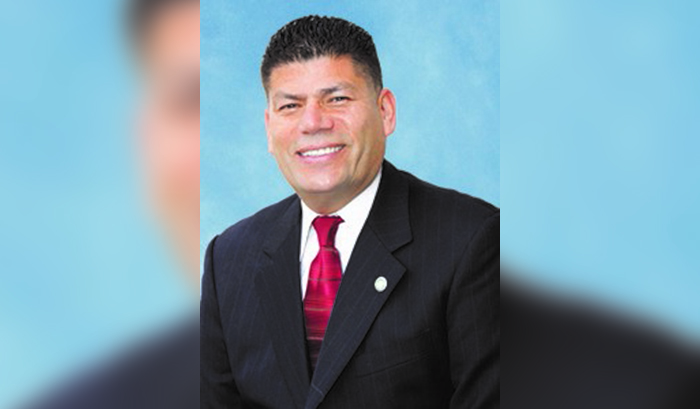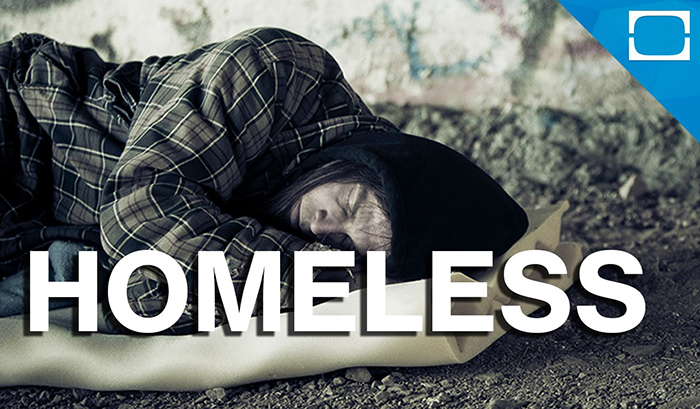Enthusiastically embracing most recommendations proffered by its consultant, the School Board, without taking a formal vote, last night endorsed the cautious contours of the more modest options for placing a parcel tax initiative for the Nov. 3 ballot.
Not yet official, the likely rate will be $96 per parcel of property for four or five years.
As the activist George Laase has noted, there are 13, 327 parcels in Culver City, offering a potential yield to the School District of just over $1 million a year — if the measure receives two-thirds support from voters.
A proposed exemption for seniors — 65 and up — was the only ripple in a fabric of unanimity among the four Board members present.
The final decision will be taken a week from tomorrow night, on Wednesday, Aug. 5, two days before the state-mandated ballot-registration deadline.
Surveying in recent weeks has found the community marginally favorable toward a parcel tax, realizing the need for emergency funding, but clearly preferring the lowest-rung price.
Shucking their normal half-moon seating plan, President Jessica Beagles-Roos, Saundra Davis, Dr. Dana Russell and Scott Zeidman gathered around a four-square table headed by District Supt. Dr. Myrna Rivera Cote, giving their cozy session an air of kickback informality.
Much debated for the past two months, given the wreckage of formerly dependable funding from Sacramento, the parcel tax has been viewed attractively all along from inside the School District.
Last night’s intimate 90-minute workshop, before a pocket-sized audience of fewer than 10, mainly amounted to one more coat of paint on a foregone conclusion.
Frugality First
In her fast-paced power-point presentation, Bonnie Moss, executive vice president of the Northern California surveying firm Tramutola LLC, repeatedly advised the School Board to choose frugality over the more tempting, quicker-fixed higher-priced alternatives when putting together a parcel tax package.
Not only did Ms. Moss counsel selecting the $96-per-parcel taxation plan over $120 and $144.
Be clear, as in simple and brief about the purpose and targets of the tax, and always choose the least expensive route, Ms. Moss said.
When an objection was raised to exempting senior citizens who are property holders, Ms. Moss reminded the Board that parcel tax elections that do not offer senior exemptions do not succeed, pretty much closing the subject.
Besides, she said, usually no more than 10 percent of seniors seek an exemption.
Although some tweaking will be done in the coming days, here is the proposed 75-word ballot statement that will greet every voter:
“To protect the quality of education and prevent deep cuts to Culver City schools due to the State budget crisis, by providing stable local funding to maintain advanced math, science, technology, college prep, music and art programs, updated instructional materials, experienced teachers, school libraries and small class sizes; shall Culver City Unified School District levy an annual $96 parcel tax for 5 years only, with exemptions for seniors, independent oversight, no administrators’ salaries, and all funds benefiting Culver City neighborhood schools?”






